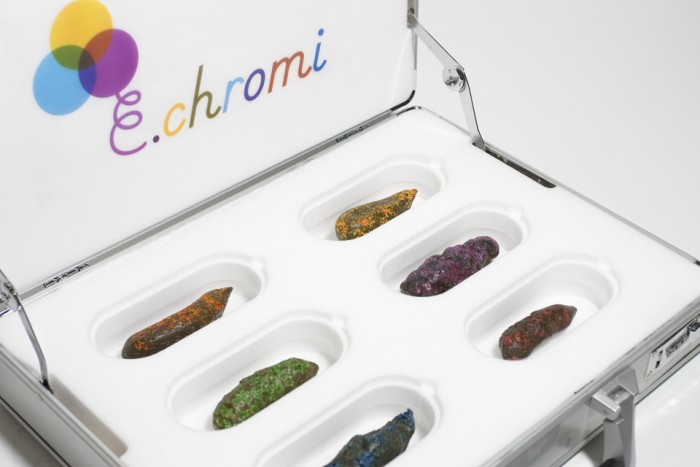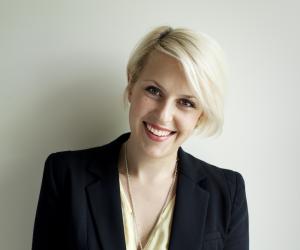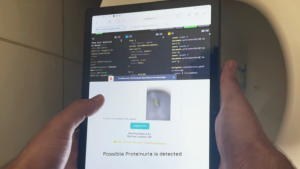
What if bacteria could be used as a tool for detecting harmful elements in the environment for both humans and animals? Alexandra Daisy Ginsberg investigated this idea, which lead to her groundbreaking project “E. chromi”.
Designer, artist and writer Alexandra Daisy Ginsberg collaborated with James King and Cambridge University undergraduates to explore how design and science could have a meaningful exchange that would prove useful when developing technologies in the future. Together they looked at the role of design in the biotech revolution and what benefits it would have in the field of synthetic biology.
“E. chromi” sees the genetic engineering of bacteria to secrete a variety of coloured pigments, visible to the naked eye, when detecting a form of pollution in the environment or body. Instilled into each bacterium is a detector with a sensitivity tuner, which triggers the detector to turn on or off, revealing a bright colour, depending on the level of pollution present. The project will enable an easy and efficient method for testing the level of E. coli bacteria in water, the level of harmful bacteria in the body and the level of pollution in the air.
Together with King Ginsberg developed a timeline proposing ways that “E. chromi” could develop over the next century.
By 2015 the pair wish the project to support bacteria being used as natural colourant and dye for food and textile industries.
In 2039 probiotic yoghurt will be introduced that monitors the presence of a wide range of diseases in the body. If a problem is detected the “E. chromi” bacteria will develop colour on a person’s waste corresponding to the colour pigment of the harmful bacteria.
Air pollution will be visible to the naked eye in 2069 with clouds transforming from their original colour to red. This will indicate excess CO2 in the air and Google will be able to inform the extent to people worldwide.
“E. chromi” was nominated for Designs of the Year Awards 2011 and has set a precedent for future collaborations between designers and scientists for the greater good.

E. chromi, 2009. Alexandra Daisy Ginsberg & James King with the 2009 University of Cambridge iGEM team.






